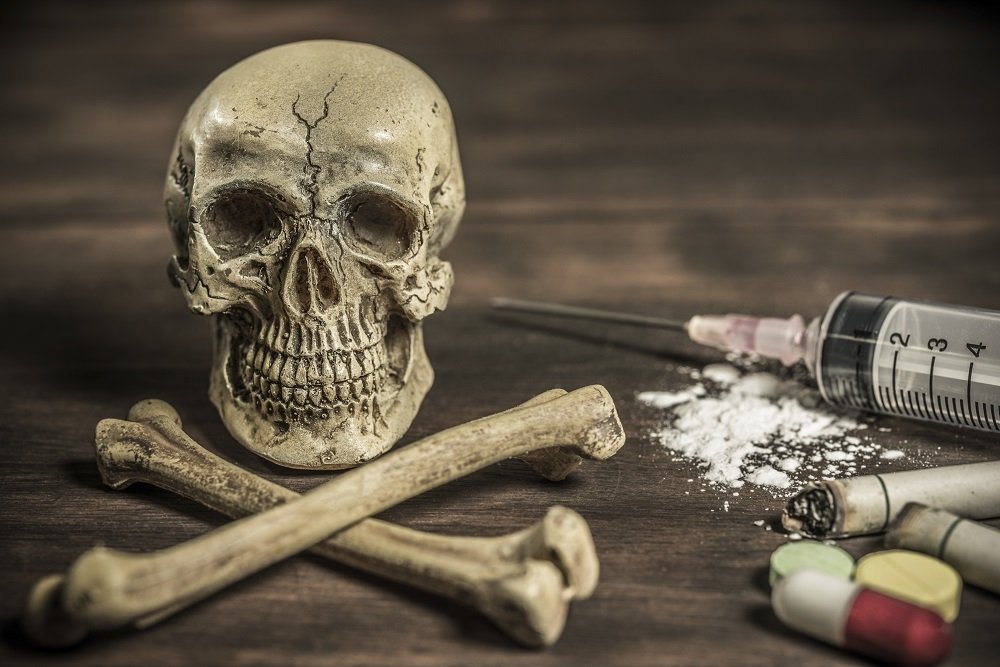Is Alcoholism A Disease?
If you’re unfamiliar with the medical terminology surrounding addiction you may have wondered is alcoholism a disease? The American Medical Association (AMA) declared alcoholism an illness in the late 1959s. Approximately 30 years later addiction was officially declared a disease in 1987 by the AMA and other professional medical organizations. Alcoholism is now considered a disease just like cancer, heart disease, or diabetes. Alcohol use disorder is a disease that requires medical treatment. Alcoholism is defined by the American Medical Association (AMA) as “a primary, chronic disease with genetic, psychosocial, and environmental factors influencing its development and manifestations.”
History of alcohol and alcoholism:
Purposeful fermented beverages day back all the way to 10000 BC.
Archeologists have discovered Stone aged jugs with evidence of fermentation. The oldest verifiable brewery Was discovered in a prehistoric burial site in a cave near current day Israel. They have also discovered prehistoric residue of 13,000 year old beer that was likely served during ritualistic ceremonies of deceased. Furthermore, evidence in China revealed traces of a mixed fermented beverage as early as 7000 BC. Prehistoric alcoholic beverages is seen in in ancient Egypt, Greece, Mexico, and more. Humans have such a long history of consuming alcohol it’s no wonder some people have a problem consuming it in moderation.
Dangers of unsupervised alcohol withdrawal:

Consuming large quantities of alcohol regularly can cause the brain to get used to the way that alcohol interferes with neurotransmitter transmission, movement, and absorption. Alcohol causes levels of dopamine and GABA (gamma-aminobutyric acid) to be increased in the brain. These are chemical messengers that the brain uses to inform the rest of the body how to feel and what to do. Dopamine affects more than just the pleasure center as well, it controls motivation, sleep functions, memory, and learning. Similarly, GABA mitigates and directs the body’s stress reactions. The more GABA levels rise the more the central nervous system is depressed, breathing is slowed, heart rate drops, blood pressure drops, and body temperature lowers.
Furthermore, the more the brain becomes used to the artificial interference, the more it will depend on alcohol to keep the levels stable.
Once a person becomes physically dependent on alcohol, dopamine and GABA activity is changed, leading to uncomfortable and dangerous withdrawal symptoms when the alcoholic stops drinking abruptly. These medical issues are a serious problem. Additionally the alcoholic has shown time and time again to not be able to resist the impulse to drink despite these dangerous health risks.
How many people die from alcoholism?

Heavy alcohol use is responsible for over 95,000 deaths in the United States every year. The rounds to about 261 deaths every day. Furthermore the average lifespan of an alcoholic is only 29 years old. Alcoholism is the leading death cause out of all the preventable deaths in the United States. Over half of these reported deaths are due to the negative physical effects of excessive drinking over a significant period of time, for example: liver disease or cancer. However another large portion of alcohol related deaths were related to consumption of a very large amount of alcohol in a short period of time: alcohol poisoning, overdose, suicide, car accidents.
California rehab centers like New Day Rehab provide detox, inpatient rehab, and professional therapy.
Sources:



